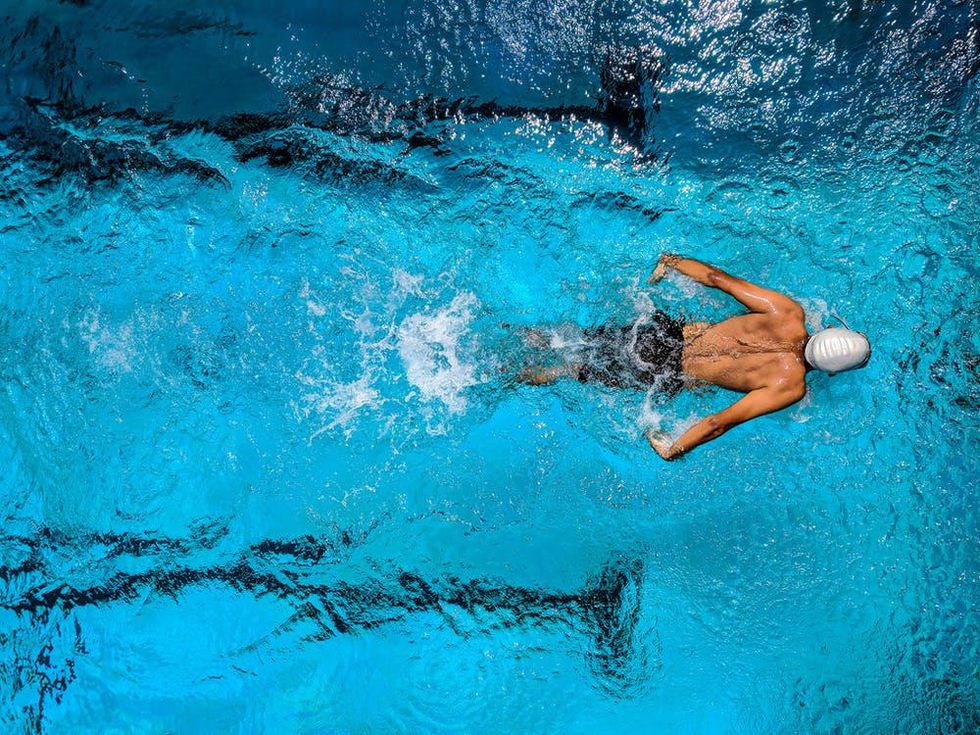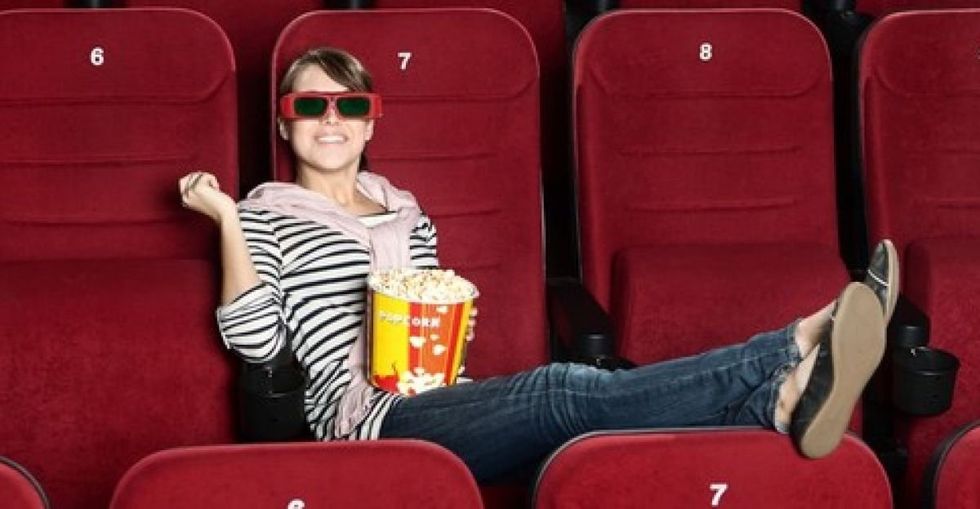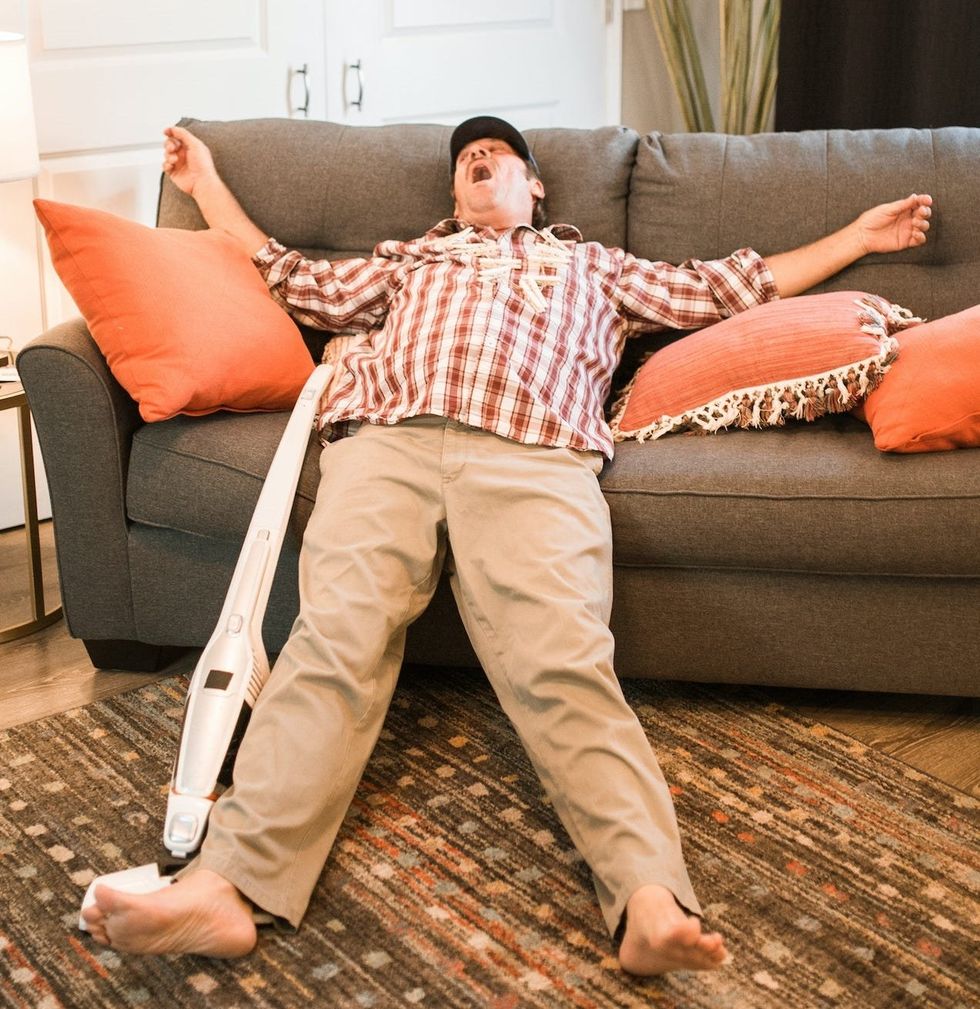If you've spent a significant amount of time away from the pool it can be discouraging to jump back into a swimming routine. Until you get acclimated to a swimming workout the process can be ugly, awkward, and exhausting. In this article, Walter Keating Jr., a triathlon trainer from Toronto, talks about freestyle swimming and what to do when you are just getting started or starting over after a break.
Swimming requires an understanding of technique, a tremendous degree of muscle memory, and above all else, endurance. Starting over, you'll need to focus largely on technique until you build stamina in the pool.
If you commit to swimming it will change your body. Water, which is nearly 800 times denser than air, is surrounding you on all sides, providing resistance to forward momentum. In order to achieve sufficient buoyancy (to move horizontally through a fluid medium), you must utilize all of your major muscle groups.
Any combination of strokes will work your core, upper and lower back muscles, shoulders, forearms, glutes, and hamstrings. However, freestyle stroke training can prove particularly helpful for developing tighter core abdominal muscles and obliques due to the emphasis on full-body rotation in the stroke. Of course, maintaining a strong, steady kick can work wonders for the glutes as well.
Finding Your Streamline
Every time you swim you are competing against water resistance. People are not built like dolphins. When you swim you have to consciously manipulate the shape your body makes in the water. Every swimming drill, stretch, and exercise is essentially conditioning your body to be as hydrodynamic as possible. For you, that means swimming tall and narrow. Keep the toes pointed and the legs close together when kicking. Focus on lengthening your stroke by paying close attention to arm extension while not deviating from the streamline.
Examining the Catch
On entry, your hands should be cutting into the water as if you are cutting off a thin slice with the blade of your closed fingertips. When you bring the opposite arm out of the water do so with a high elbow. This is purely for leverage. The steep angle of a high elbow will encourage a tighter hip rotation in order to extend the arm forward. That uncoiling of the arm into a shallow slice through the water is what will produce a smooth, frictionless glide forward. So, if you find that you are not rotating enough in your hips, increase the angle of your catch.
The power phase of the catch under the water is characterized by a grab and pull. You are not just politely paddling or pushing the water behind you. Grab for the water out ahead of you, lean into the grab, and pull yourself forward. To execute this properly you should feel the pressure of the water against your palm and forearm during this phase of your stroke.
Reach as much as possible with the catch. Think of the stroke as a "front reach" in which you are attempting to grab the wall on the opposite end with each stroke.
Kick with Purpose
The kick can be a point of weakness for many swimmers. Unbalanced kicking will drain your energy in the water. This is often the result of kicking too wide, which will not only throw off the timing of your catch but sabotage your streamline in the water. Kick with the legs close together, generating power from the hips in a steady, tight flutter. This will not only keep the legs from sinking but drive the stroke forward.
Don't be afraid to grab a kickboard and kick the length of the pool a couple of times during your swim sessions. As you cultivate a well-balanced rotation and extension in your catch, you will find that it takes less energy and even concentration to keep the legs up.
Incorporating the Breath
Many swimmers will sabotage the rhythm and streamline of their stroke by lifting their heads to breathe. This comes from a lack of confidence. They are overcompensating to keep water out of their nose and mouth.
One of the best ways to incorporate the breath is to maintain a steady pace with your stroke. A healthy cadence moving forward will move enough water to ensure a bow waveforms around your head. Turning to breathe inside the wave you create will give adequate clearance for a quick, well-timed breath. That's why the breaths pro swimmers take are so subtle. They are essentially breathing inside of a cavity.
Be a minimalist in your training by committing your swim sessions to the fundamental aspects of your stroke. Focus on balance and technique more than power and speed. Swimming is a game of efficiency that can be won by small gains.
About Walter Keating Jr.
Walter Keating Jr. is a Toronto-based fitness coach specializing in triathlon coaching and corrective exercise training. He graduated from the Fitness and Lifestyle Management Program at George Brown College and immediately started his professional career. Mr. Keating has worked as an endurance coach, personal trainer, spinning instructor, and corrective exercise trainer.
- Include Freestyle Kayaking In The Olympics ›
- Harry Mack Discusses Why He Initially Kept His Freestyle Rapping A ... ›





 Going to the cinema alone is good for your mental health, says science
Going to the cinema alone is good for your mental health, says science












 women in street dancing
Photo by
women in street dancing
Photo by  man and woman standing in front of louver door
Photo by
man and woman standing in front of louver door
Photo by  man in black t-shirt holding coca cola bottle
Photo by
man in black t-shirt holding coca cola bottle
Photo by  red and white coca cola signage
Photo by
red and white coca cola signage
Photo by  man holding luggage photo
Photo by
man holding luggage photo
Photo by  topless boy in blue denim jeans riding red bicycle during daytime
Photo by
topless boy in blue denim jeans riding red bicycle during daytime
Photo by  trust spelled with wooden letter blocks on a table
Photo by
trust spelled with wooden letter blocks on a table
Photo by  Everyone is Welcome signage
Photo by
Everyone is Welcome signage
Photo by  man with cap and background with red and pink wall l
Photo by
man with cap and background with red and pink wall l
Photo by  difficult roads lead to beautiful destinations desk decor
Photo by
difficult roads lead to beautiful destinations desk decor
Photo by  photography of woman pointing her finger near an man
Photo by
photography of woman pointing her finger near an man
Photo by  closeup photography of woman smiling
Photo by
closeup photography of woman smiling
Photo by  a man doing a trick on a skateboard
Photo by
a man doing a trick on a skateboard
Photo by  two men
two men  running man on bridge
Photo by
running man on bridge
Photo by  orange white and black bag
Photo by
orange white and black bag
Photo by  girl sitting on gray rocks
Photo by
girl sitting on gray rocks
Photo by  assorted-color painted wall with painting materials
Photo by
assorted-color painted wall with painting materials
Photo by  three women sitting on brown wooden bench
Photo by
three women sitting on brown wooden bench
Photo by 
 Photo by
Photo by  Photo by
Photo by  Photo by
Photo by  Photo by
Photo by 


 people sitting on chair in front of computer
people sitting on chair in front of computer











